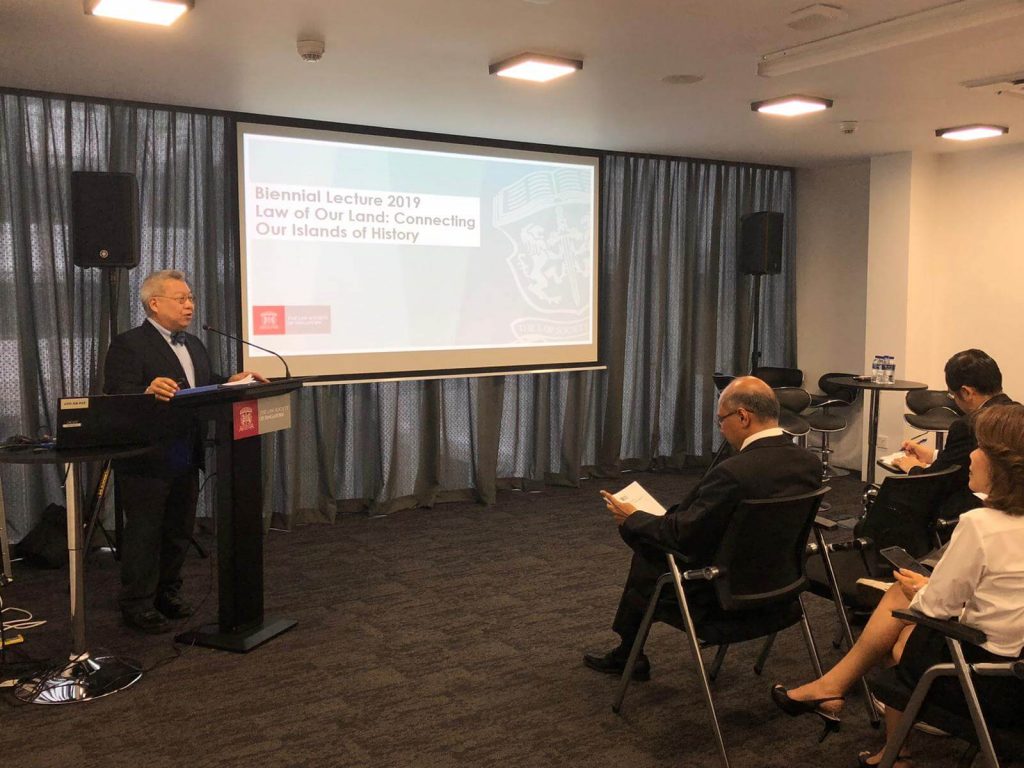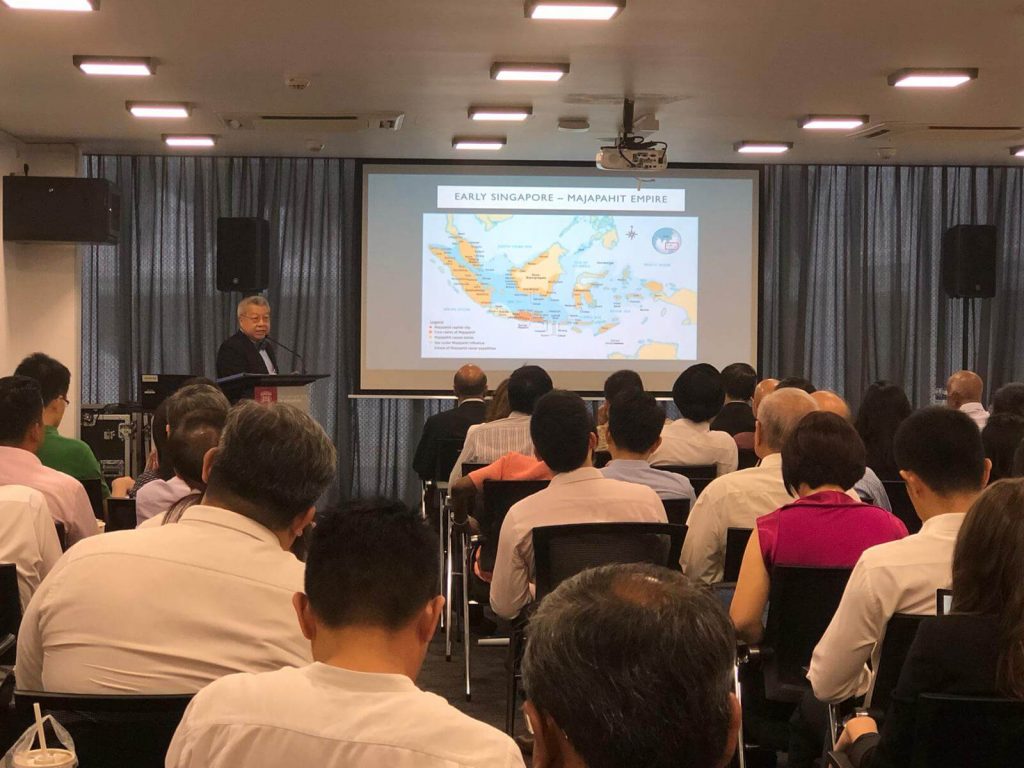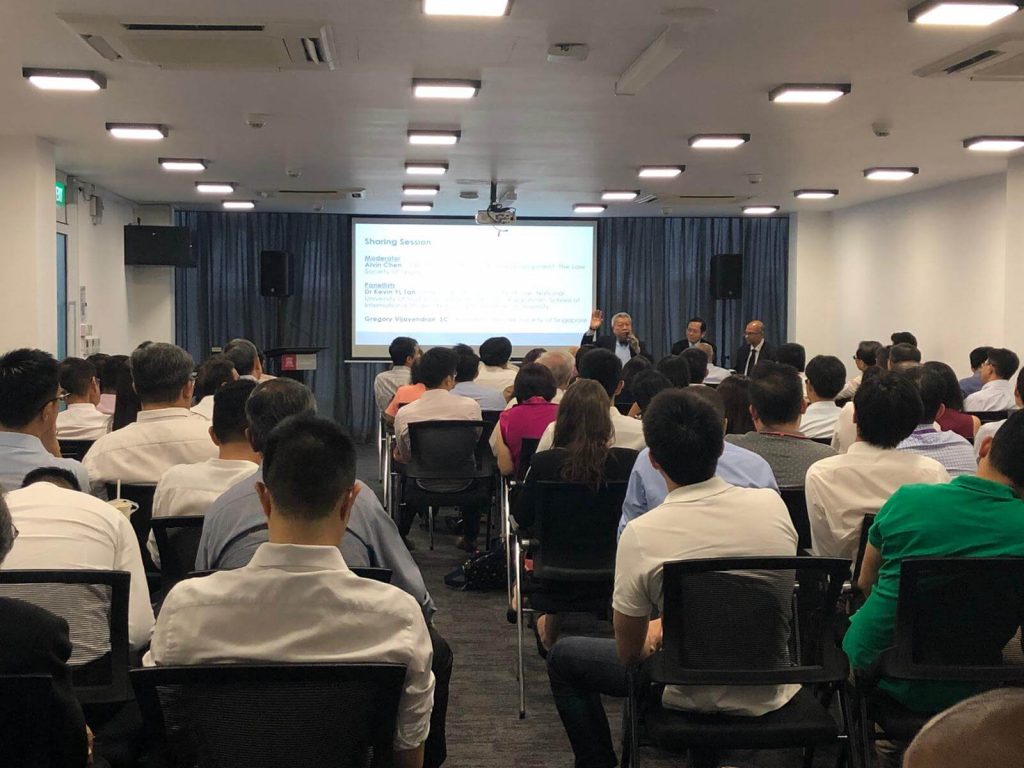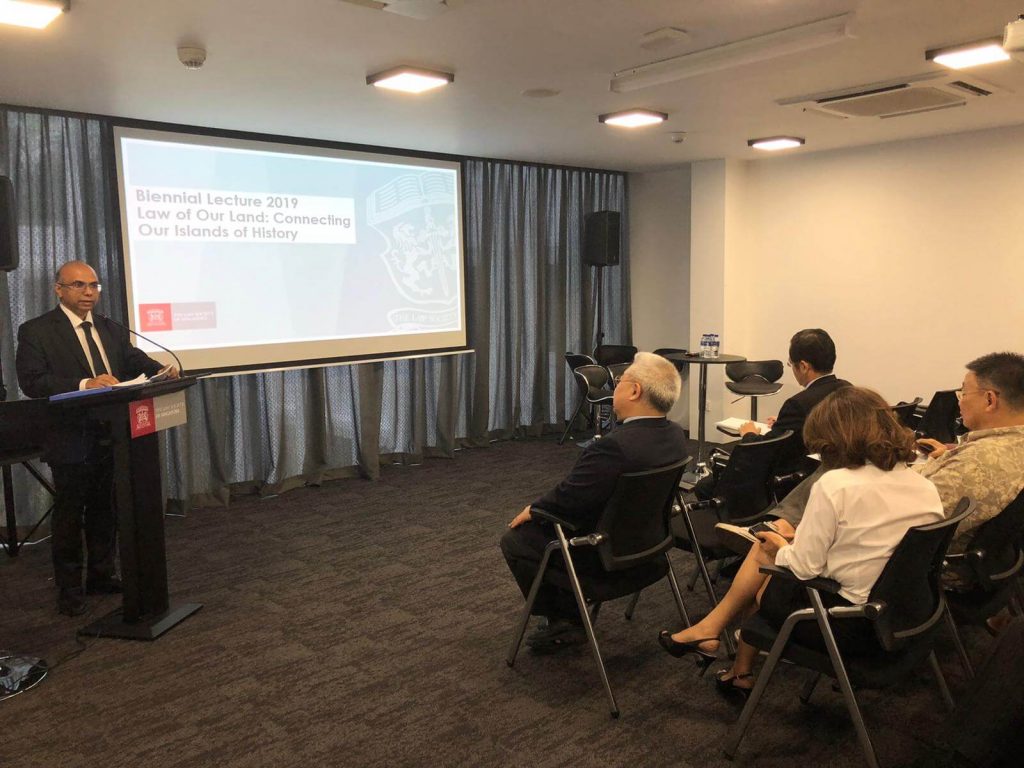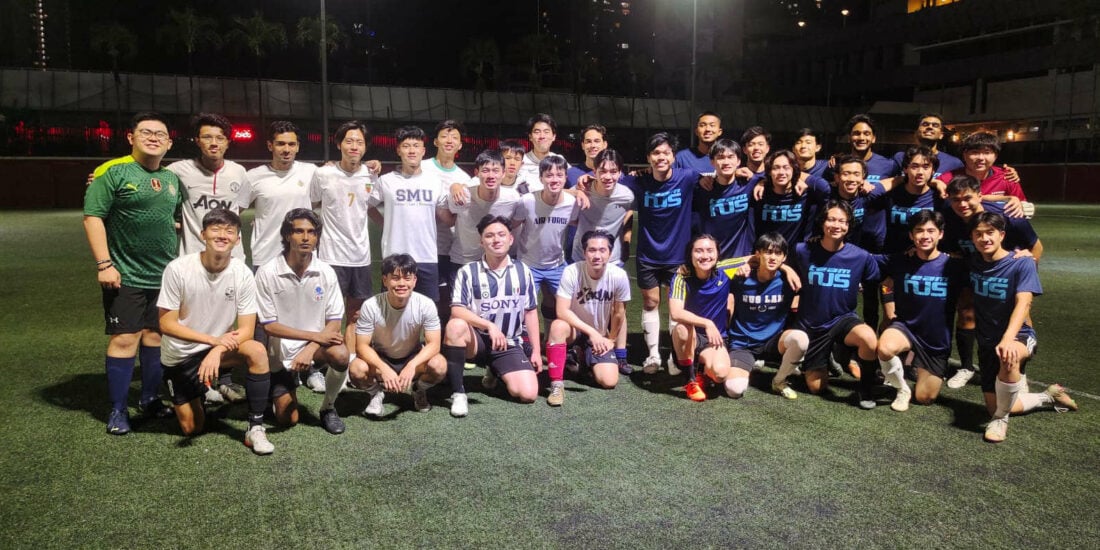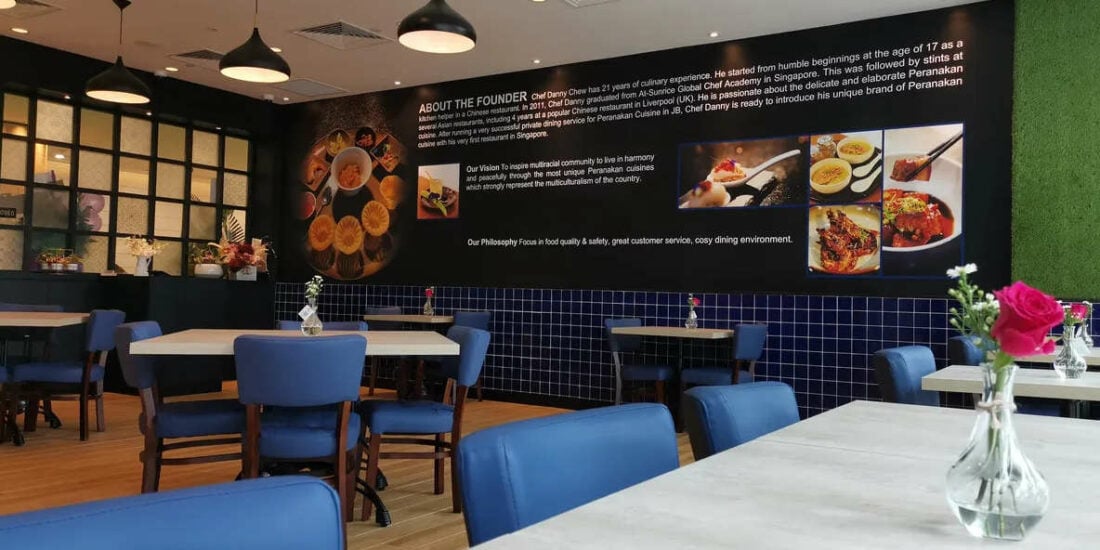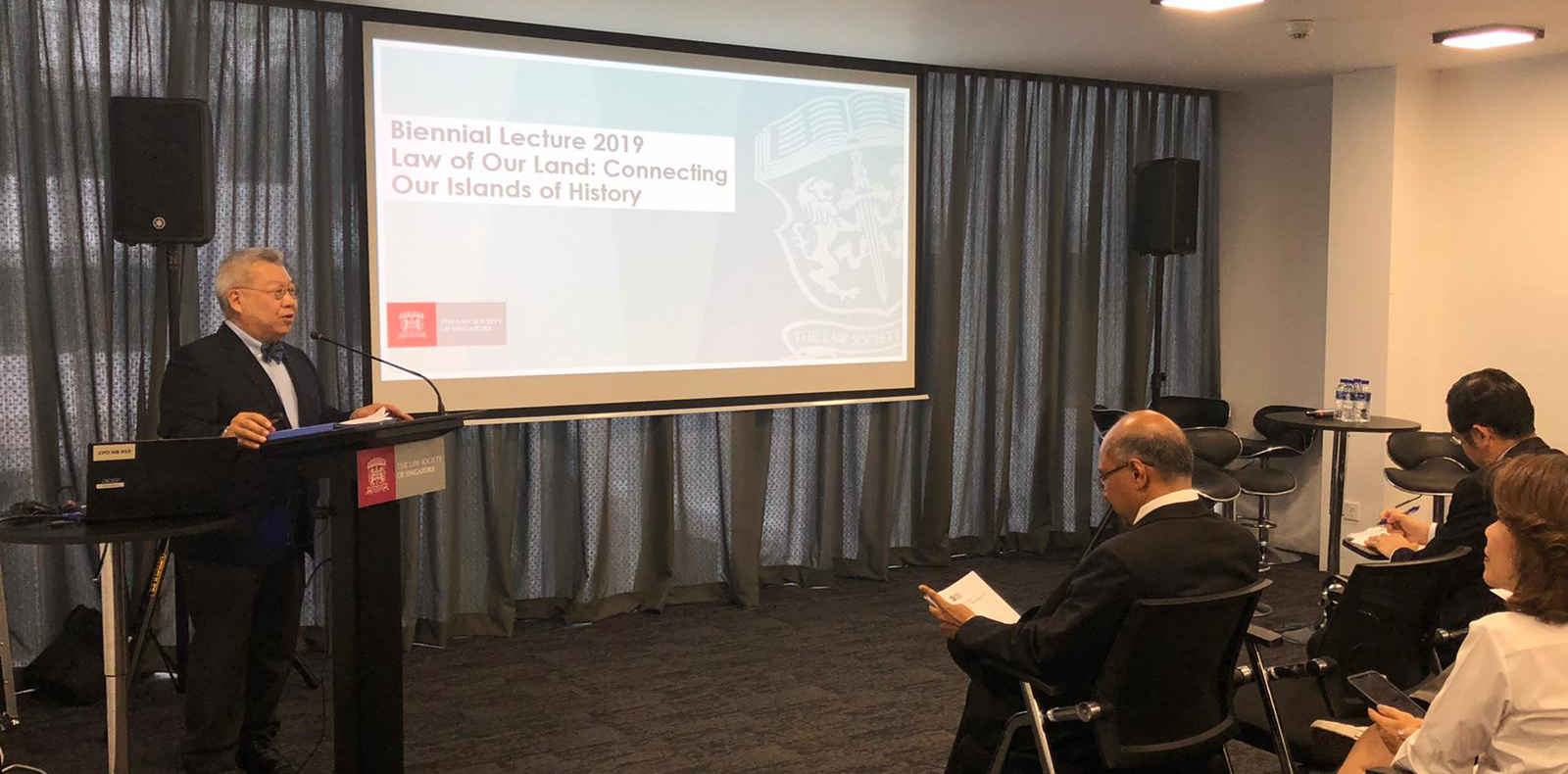
Biennial Lecture 2019
Law of Our Land: Connecting Our Islands of History
The Law Society was honoured to have Prof Kevin Tan delivered the 7th Law Society Biennial Lecture on 18 November 2019.
Prof Kevin Tan needs no introduction – a law graduate from National University of Singapore (NUS), he holds an LLM and JSD from the Yale Law School. He currently holds Adjunct Professorships at the Faculty of Law, NUS as well as at the S Rajaratnam School of International Studies, Nanyang Technological University, where he teaches constitutional law, international law and international human rights.
He has published widely spanning a range of laws and topics, and he was also commissioned to author the Law Society’s 50th anniversary commemorative publication Fiat Justitia.
Prof Tan chose the topic of Land Law for this edition of the Biennial Lecture, and he divided his Lecture into three separate stories:
- Defining our Lands – From Majapahit to Singapore;
- Growing our Lands – Land reclamation and the story of a Rock and an Island; and
- Controlling our Lands – Land Tenure, Titles and Registration.
As the title suggests, Prof Tan started the Lecture by bringing the audience back to the Srivijaya Empire when Temasek (as Singapore was known then) was part of this Empire. Singapore continues to be part of the various Empires – the Majapahit Empire; the Malacca Sultanate, and the Johor-Riau Lingga Sultanate, where Sir Stamford Raffles landed in 1819. Sir Stamford Raffles quickly moved to sign a Treaty of Friendship with the Sultan Hussein and the Temenggong Abdul Rahman, under which Singapore was ceded to the British.
Prof Tan next touched on the various treaties which Singapore was a party to (1824 – the Anglo-Dutch Treaty; 1927 – Straits Settlement and the Johore Johor Territorial Waters Agreement; 1973 [and subsequently in 2009 and 2014] – with the Indonesian Government) which demarcated Singapore’s geographic borders and islands controlled by Singapore. Prof Tan then moved on to discuss the expansion of Singapore’s land mass by reclamation. From 580 sq km in 1960s, Singapore’s land mass expanded by about 25 per cent to 780 sq km in 2017. In fact, Singapore has been reclaiming land since 1822 with the South bank of Singapore River (Boat Quay).
Next, Prof Kevin spoke on the dispute over the sovereignty of Pedra Branca, which went to the International Court of Justice (ICJ) for determination. It was the first time ICJ has ruled on historic title, only for it to be supplanted by principle of effectivities. ICJ ruled in 2008 that Pedra Branca is under Singapore’s sovereignty, while Middle Rocks belongs to Malaysia.
Singapore won that dispute but lost another – Christmas Island.
In 1900, a proclamation was made to formalize the annexation and incorporation of Christmas Island into the Straits Settlement and the Island was to be administered from Singapore with Singapore’s law as the governing law. In 1946, when the Straits Settlement was dissolved, Christmas Island and Cocos (Keeling) Islands was administered and governed as part of the Colony of Singapore. There was a misconception that Singapore sold the Christmas Island to Australia. It was, however, the British who transferred the sovereignty of the Christmas Island to the Australians in 1955.
Finally, Prof Kevin Tan spoke on the land controlling mechanism. While the British arrived in 1819, the British did not have sovereignty over Singapore until 1824. And it was only in 1826, when the Straits Settlement was established that a first serious attempt was made to deal with land tenure. However, the first set of land laws introduced in Singapore in 1830 was quickly declared invalid in the case of Sassoon v Wingrove (1834) Leic 388, and subsequently repealed in 1837.
Subsequently, the English common law doctrines of landholding were slowly replaced by the Torrens system of land registration and this was completed only in 2001, and along the way, there were some legislative milestones such as the Land Titles (Strata) Act in 1967 which operated within the Torres System, and the Land Acquisition Act, which were introduced to meet Singapore’s unique economy and societal issues.
Prof Kevin Tan delved deeply into the history to give the participants a comprehensive and enlightening overview of the evolvement of Singapore’s land law. The Law Society is immensely grateful to Prof Kevin Tan for delivering the 7th Law Society Biennial Lecture.
